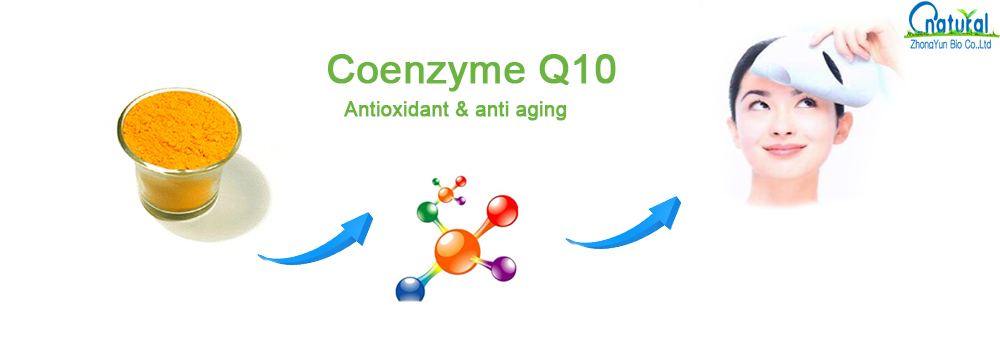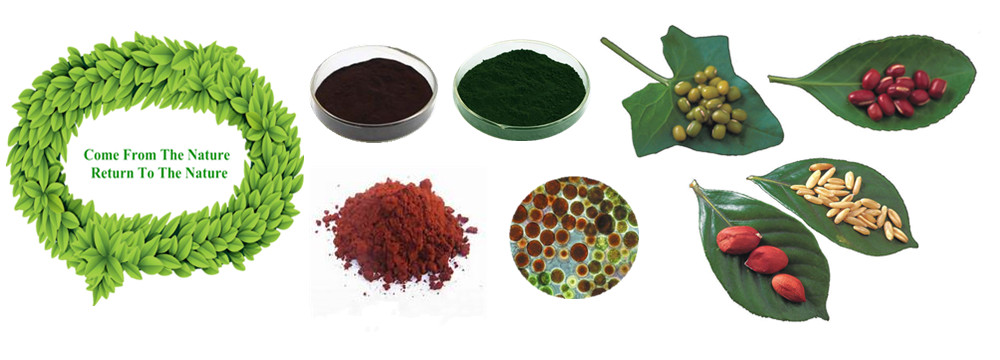- Home >>
- TCM---Model of the body
TCM Model of the body
TCM has notions of a pre-scientific culture, similar to European humoral theory .
Its view of the human body is only marginally concerned with anatomical structures, but focuses primarily on the body's functions (such as digestion, breathing, temperature maintenance, etc.):
"The tendency of Chinese thought is to seek out dynamic functional activity rather than to look for the fixed somatic structures that perform the activities. Because of this, the Chinese have no system of anatomy comparable to that of the West."—Ted Kaptchuk, The Web That Has No Weaver
These functions are aggregated and then associated with a primary functional entity – for instance, nourishment of the tissues and maintenance of their moisture are seen as connected functions, and the entity postulated to be responsible for these functions is xuě (blood).These functional entities thus constitute concepts rather than something with biochemical or anatomical properties.
The primary functional entities used by traditional Chinese medicine are qì, xuě, the five zàng organs, the six fǔ organs, and the meridians which extend through the organ systems.These are all theoretically interconnected: each zàng organ is paired with a fǔ organ, which are nourished by the blood and concentrate qi for a particular function, with meridians being extensions of those functional systems throughout the body.
Nonetheless, attempts to reconcile traditional Eastern medical concepts such as the circulation of Qi, the meridian system, and other related theories with mordern science have failed TCM is characterized as full of pseudoscience.Scientific investigation has not found any histological or physiological correlates for traditional Chinese concepts such as qi, meridians, and acupuncture points.Similarly, the scientific evidence for the anatomical existence of either meridians or acupuncture points is not compelling.
TCM theory and practice are not based upon the body of knowledge related to health, disease, and health care that has been widely accepted by the scientific community. TCM practitioners disagree among themselves about how to diagnose patients and which treatments should go with which diagnoses. Even if they could agree, the TCM theories are so nebulous that no amount of scientific study will enable TCM to offer rational care.
TCM has been the subject of controversy within China.In 2006, the Chinese scholar Zhang Gongyao triggered a national debate when he published an article entitled "Farewell to Traditional Chinese Medicine", arguing that TCM was a pseudoscience that should be abolished in public healthcare and academia.The Chinese government however, interested in the opportunity of export revenues, took the stance that TCM is a science and continued to encourage its development.
Qi
TCM distinguishes several kinds of qi ( simplified Chinese: 气;traditional Chinese : 氣; pinyin: qì).In a general sense, qi is something that is defined by five "cardinal functions":
- Actuation (推動, tuīdòng) – of all physical processes in the body, especially the circulation of all body fluids such as blood in their vessels. This includes actuation of the functions of the Zang-fu organs and meridians.
- Warming (溫煦, pinyin: wēnxù) – the body, especially the limbs.
- Defense (防御, pinyin: fángyù) – against Exogenous phogenic Factors
- Containment (固攝, pinyin: gùshè) – of body fluids, i.e., keeping blood, sweat, urine, semen, etc. from leakage or excessive emission.
- Transformation (氣化, pinyin: qìhuà) – of food, drink, and breath into qi, xue (blood), and jinye (“fluids”), and/or transformation of all of the latter into each other.
Vacuity of qi will especially be characterized by pale complexion, lassitude of spirit, lack of strength, spontaneous sweating, laziness to speak, non-digestion of food, shortness of breath (especially on exertion), and a pale and enlarged tongue.
Qi is believed to be partially generated from food and drink, and partially from air (by breathing). Another considerable part of it is inherited from the parents and will be consumed in the course of life.
TCM uses special terms for qi running inside of the blood vessels and for qi that is distributed in the skin, muscles, and tissues between those. The former is called yíng-qì (simplified Chinese: 营气; Traditional Chinese: 營氣); its function is to complement xuè and its nature has a strong yin aspect (although qi in general is considered to be yang). The latter is called weì-qì (Chinese: 衛氣); its main function is defence and it has pronounced yang nature.
Qi is said to circulate in the meridians. Just as the qi held by each of the zang-fu organs, this is considered to be part of the 'principal' qi (元氣, pinyin: yuánqì) of the body (also called 真氣 pinyin: zhēn qì, ‘’true‘’ qi, or 原氣 pinyin: yuán qì, ‘’original‘’ qi).
Xue
In contrast to the majority of other functional entities, xuè (血, "blood") is correlated with a physical form – the red liquid running in the blood vessels.Its concept is, nevertheless, defined by its functions: nourishing all parts and tissues of the body, safeguarding an adequate degree of moisture, and sustaining and soothing both consciousness and sleep.
Typical symptoms of a lack of xuě (usually termed "blood vacuity" [血虚, pinyin: xuě xū]) are described as: Pale-white or withered-yellow complexion, dizziness, flowery vision, palpitations, insomnia, numbness of the extremities; pale tongue; "fine" pulse.
Jinye
Closely related to xuě are the jīnyė (津液, usually translated as "body fluids"), and just like xuě they are considered to be yin in nature, and defined first and foremost by the functions of nurturing and moisturizing the different structures of the body.Their other functions are to harmonize yin and yang, and to help with the secretion of waste products.
Jīnyė are ultimately extracted from food and drink, and constitute the raw material for the production of xuě; conversely, xuě can also be transformed into jīnyė.Their palpable manifestations are all bodily fluids: tears, sputum, saliva, gastric acid, joint fluid, sweat, urine, etc.
Zang-fu
The zàng-fǔ (simplified Chinese: 脏腑; traditional Chinese: 臟腑) constitute the centre piece of TCM's systematization of bodily functions. Bearing the names of organs, they are, however, only secondarily tied to (rudimentary) anatomical assumptions (the fǔ a little more, the zàng much less). As they are primarily defined by their functions,they are not equivalent to the anatomical organs – to highlight this fact, their names are usually capitalized.
The term zàng (臟) refers to the five entities considered to be yin in nature – Heart, Liver, Spleen, Lung, Kidney –, while fǔ (腑) refers to the six yang organs –Small Intestine, Large Intestine, Gallbladder, Urinary Bladder, Stomach and Sānjiaō.[56]
The zàng's essential functions consist in production and storage of qì and xuě; in a wider sense they are stipulated to regulate digestion, breathing, water metabolism, the musculoskeletal system, the skin, the sense organs, aging, emotional processes, mental activity etc. The fǔ organs' main purpose is merely to transmit and digest (傳化, pinyin: chuán-huà) substances like waste, food, etc.
Since their concept was developed on the basis of Wǔ Xíng philosophy, each zàng is paired with a fǔ, and each zàng-fǔ pair is assigned to one of five elemental qualities (i.e., the Five Elements or Five Phases).These correspondences are stipulated as:
- Fire (火) = Heart (心, pinyin: xīn) and Small Intestine (小腸, pinyin: xiaǒcháng) (and, secondarily, Sānjiaō [三焦, "Triple Burner"] and Pericardium [心包, pinyin:xīnbaò])
- Earth (土) = Spleen (脾, pinyin: pí) and Stomach (胃, pinyin: weì)
- Metal (金) = Lung (肺, pinyin: feì) and Large Intestine (大腸, pinyin: dàcháng)
- Water (水) = Kidney (腎, pinyin: shèn) and Bladder (膀胱, pinyin: pǎngguāng)
- Wood (木) = Liver (肝, pinyin: gān) and Gallbladder (膽, pinyin: dān)
The zàng-fǔ are also connected to the twelve standard meridians – each yang meridian is attached to a fǔ organ and five of the yin meridians are attached to a zàng. As there are only five zàng but six yin meridians, the sixth is assigned to the Pericardium, a peculiar entity almost similar to the Heart zàng.
Jing-luo
The meridians (经络, pinyin: jīng-luò) are believed to be channels running from the zàng-fǔ in the interior (里, pinyin: lǐ) of the body to the limbs and joints ("the surface" [表, pinyin: biaǒ]), transporting qi and xuĕ. TCM identifies 12 "regular" and 8 "extraordinary" meridians; the Chinese terms being 十二经脉 (pinyin: shí-èr jīngmài, lit. "the Twelve Vessels") and 奇经八脉 (pinyin:qí jīng bā mài) respectively. There's also a number of less customary channels branching off from the "regular" meridians.




